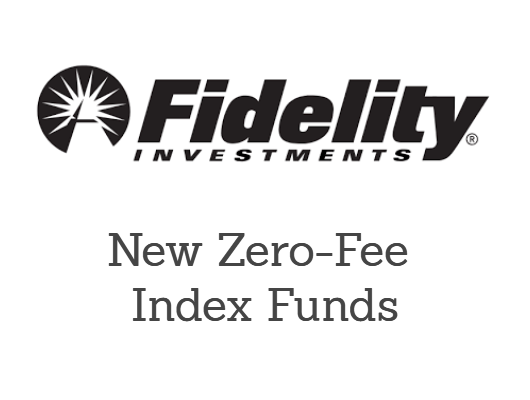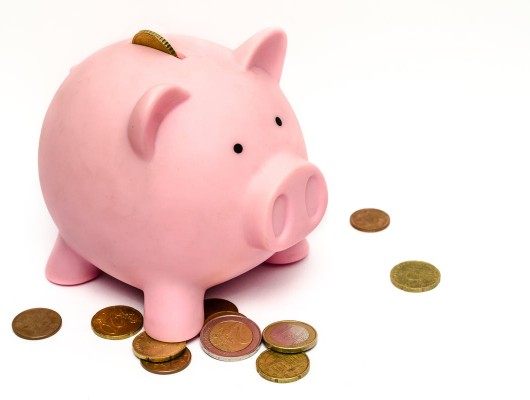Private equity firm Carlyle and asset manager Pictet recently teamed up for a rather unusual financing venture. The two companies formed Athena Art Finance Corporation, which will offer loans for art investors with art, i.e. paintings, as a collateral. The company is not investing itself in paintings, but provides loans up to 50% of an underlying painting for collectors which seek to expand their collections. The value of the underlying should be at least USD 2 million and the loans will have a maturity of 6 months up to seven years. Athena starts with USD 280 million capital.
Managing Director Olivier Sarkozy, half-brother of former President of France Nicolas Sarkozy, estimates the global art market at USD 3 trillion plus, although consultancy firm Deloitte sees USD 1.5 trillion held in art assets. According to the European Fine Art Foundation, global art sales reached USD 54.1bn in 2014, an annual increase of 7%. However, investment dedicated to art is relatively modest with a size of USD 1.3bn, according to a study by Deloitte. The record sale price of a work of art sold at an auction is USD 300 million (for Gauguin’s “Nafea Faa Ipoipo (When Will You Marry?)” Deloitte found that 76% of art buyers and collectors acquire art from an investment viewpoint. There are currently 72 art funds and investment trusts, interestingly 55 of these are in China.
The question is how solid this type collateral for loans is. Since art has hardly any intrinsic value, it is very sensitive to fluctuations. The valuation of art depends on connoisseurship. Since the underlying asset is rather illiquid it is difficult to tag a market price. This may explain why only 50% of the underlying value can be loaned. Not all expensive art is considered. Athena Art has a list of 80 artists, which feature well known artist as Monet, Picasso, Willem de Kooning, Georgia O’Keefe etc.
Additional question is whether the search for yield impacted the art market. With global yields at low levels, alternative investments become more in focus, which also affects art prices. When there’s an abrupt change in this development, for instance by rates moving higher, it is uncertain how sensitive the art market is. What’s also interesting, is that the earlier mention work of art by Gauguin was possibly (yet unknown) sold to State of Qatar, as was the second most expensive painting (Cézanne’s “The Card Players” for USD 259 million). Third most expensive (“No.6 (Violet, Green and Red)” by Markk Rothko for USD 186 million) to Dmitry Rybolovlev, a Russian oligarch. One could argue that these record prices were all driven by oil revenues. With the collapse of commodity prices, will the art market be affected in the future? With China’s growth concerns, will the 55 Chinese art funds & trust be affected by a decline in wealth? After all, with the Chinese stock market collapse, a couple of billionaires saw their fortunes evaporate. How resilient is the art market to global forces?
This makes clear that the art market is not suitable for ordinary investors. It’s an insider market, not transparent and with valuation difficulties. After all, fine art remains priceless.



